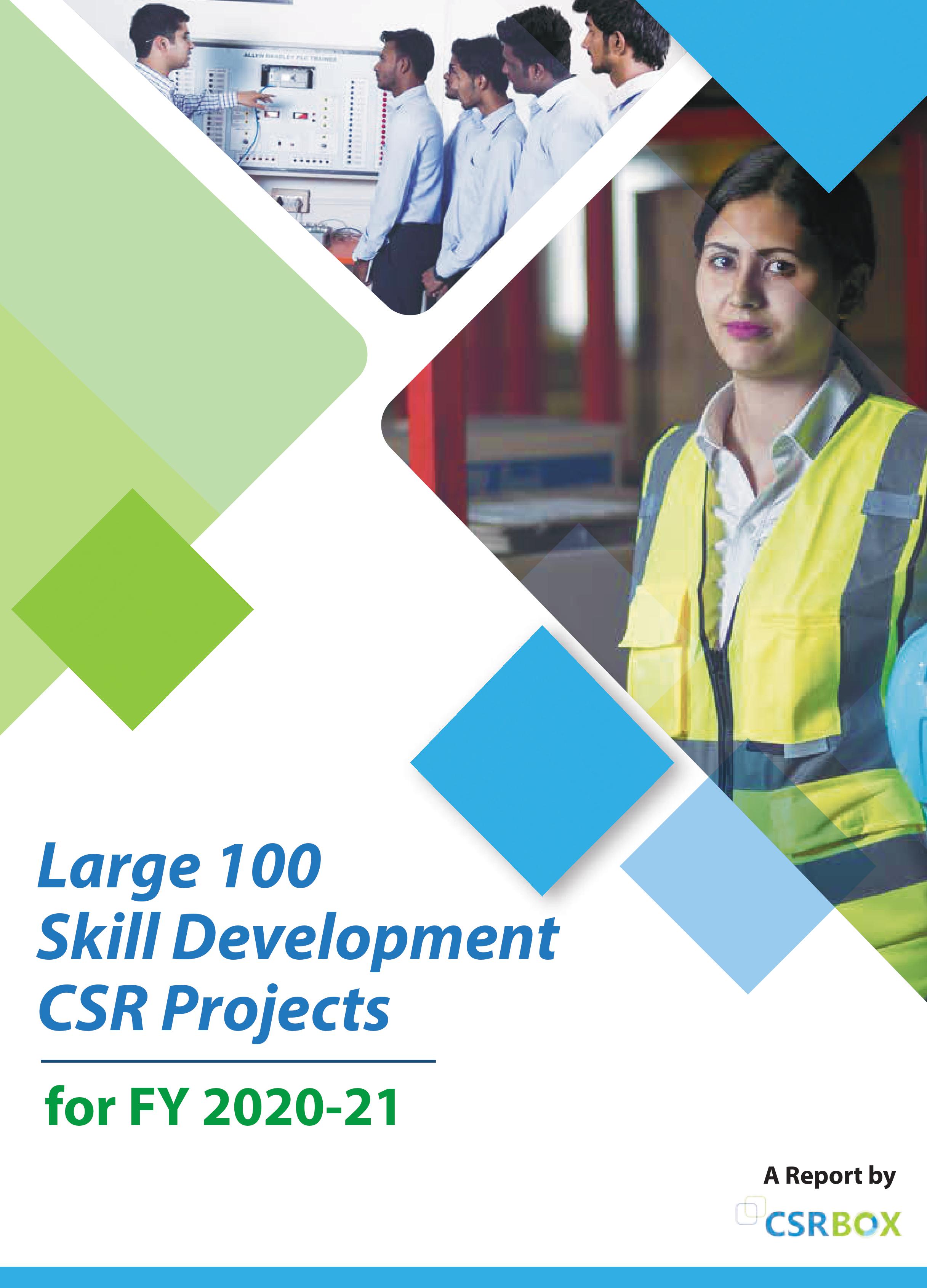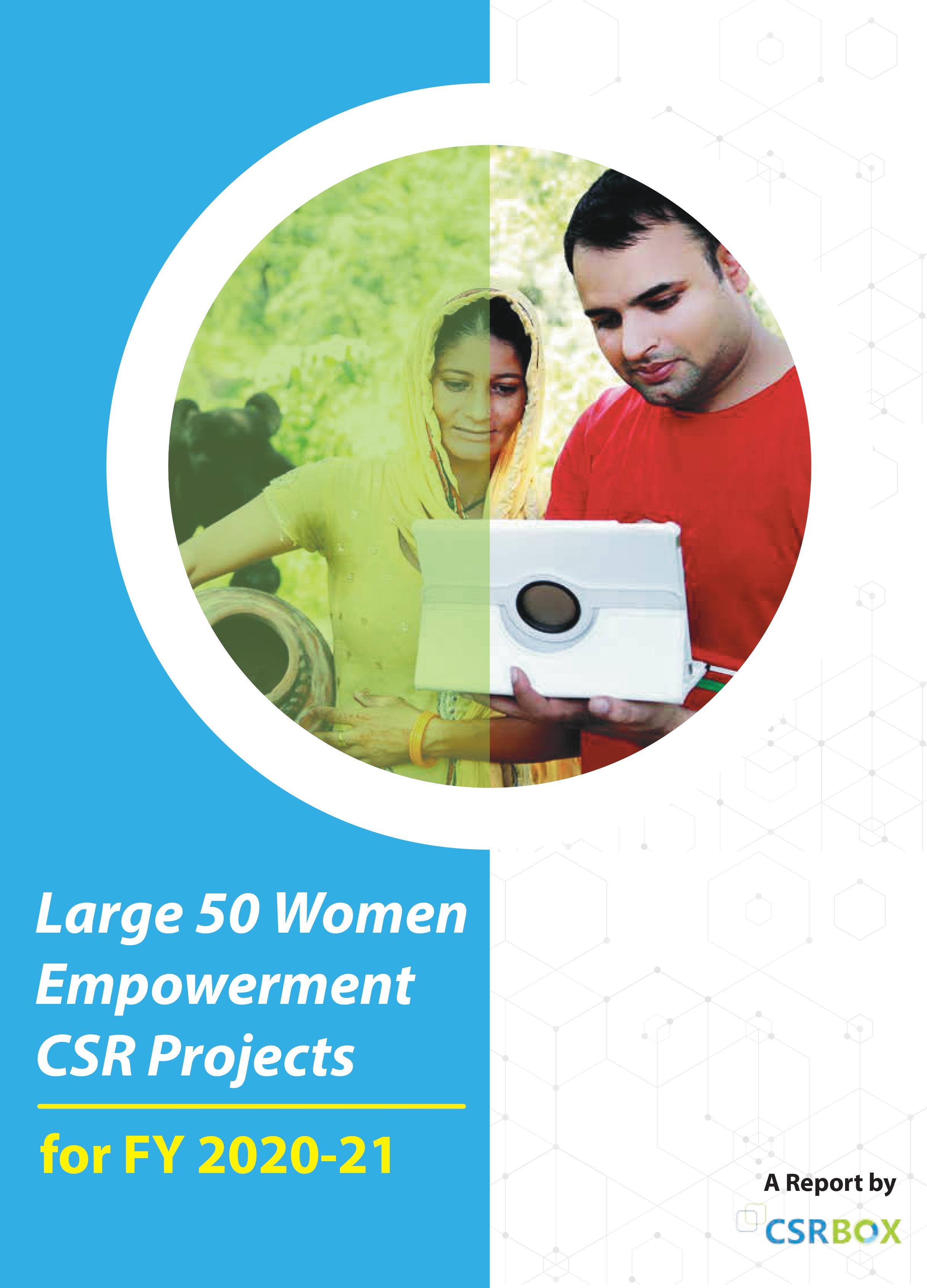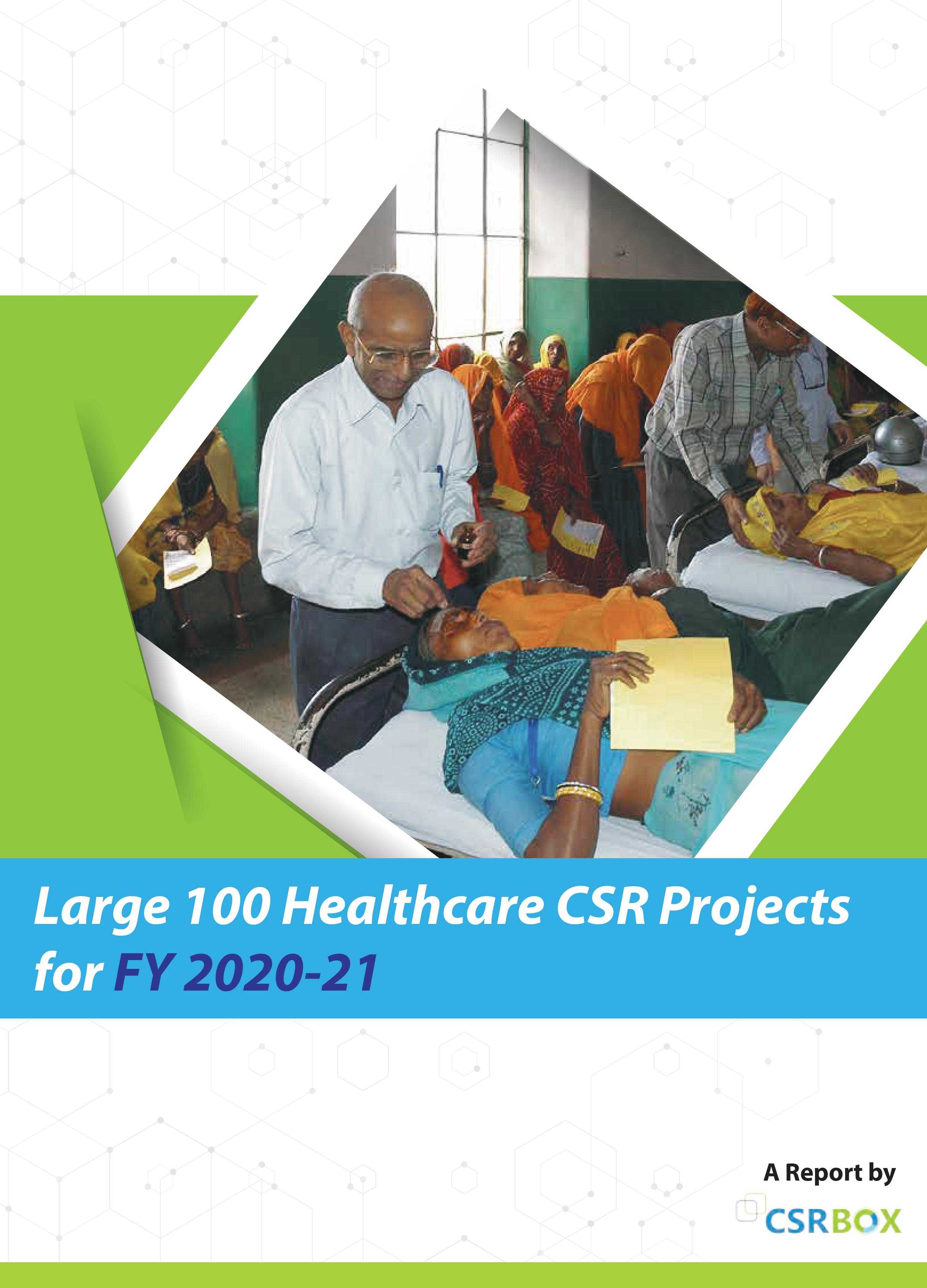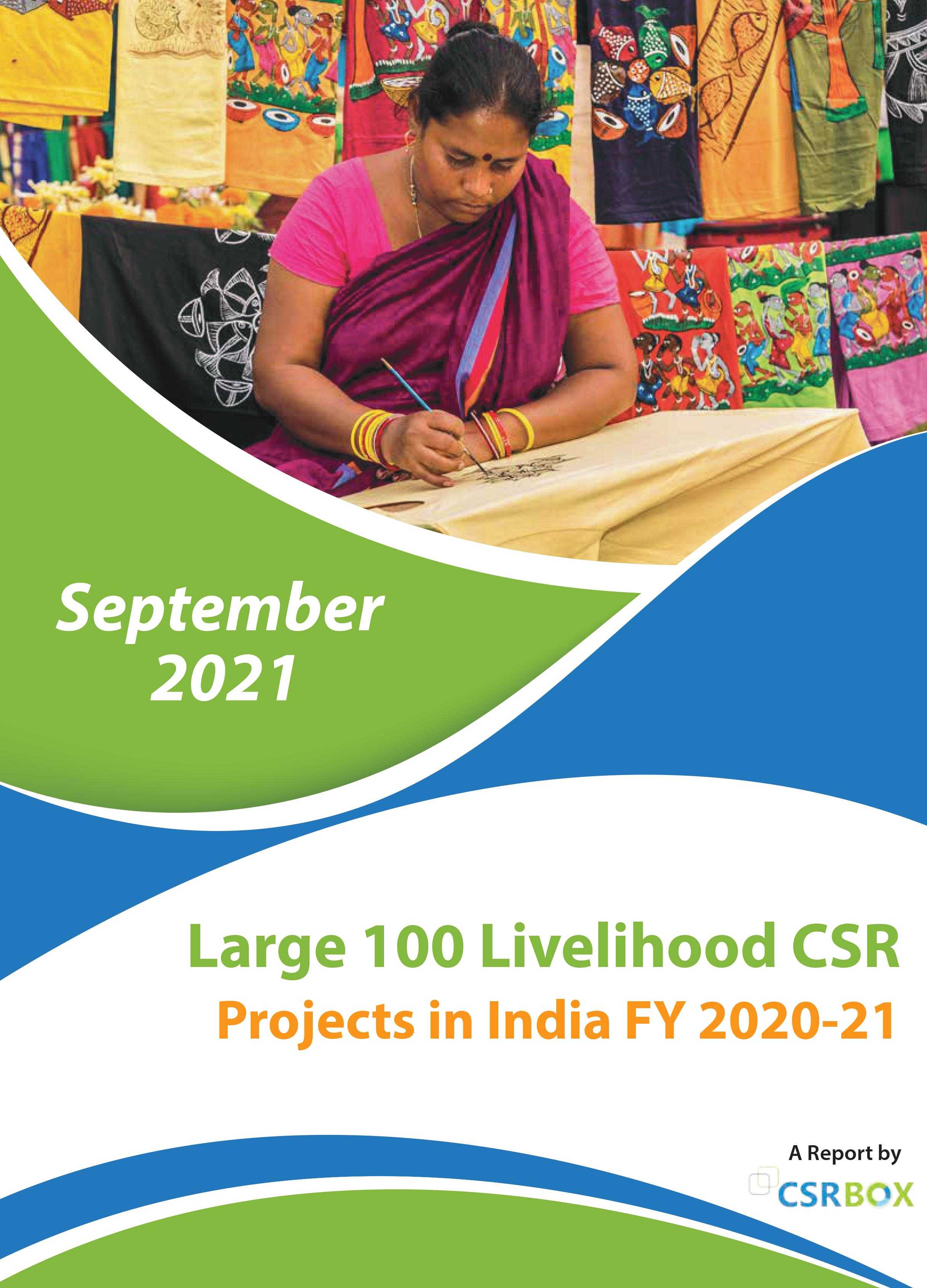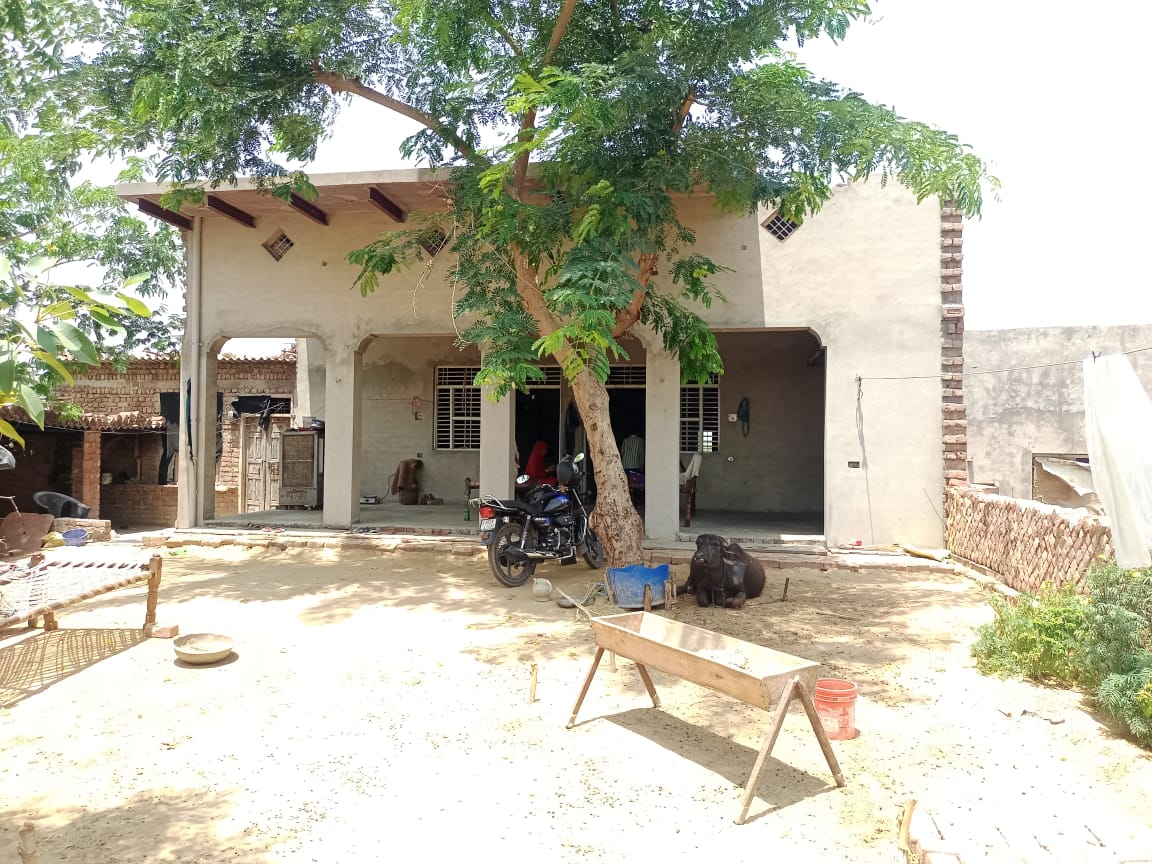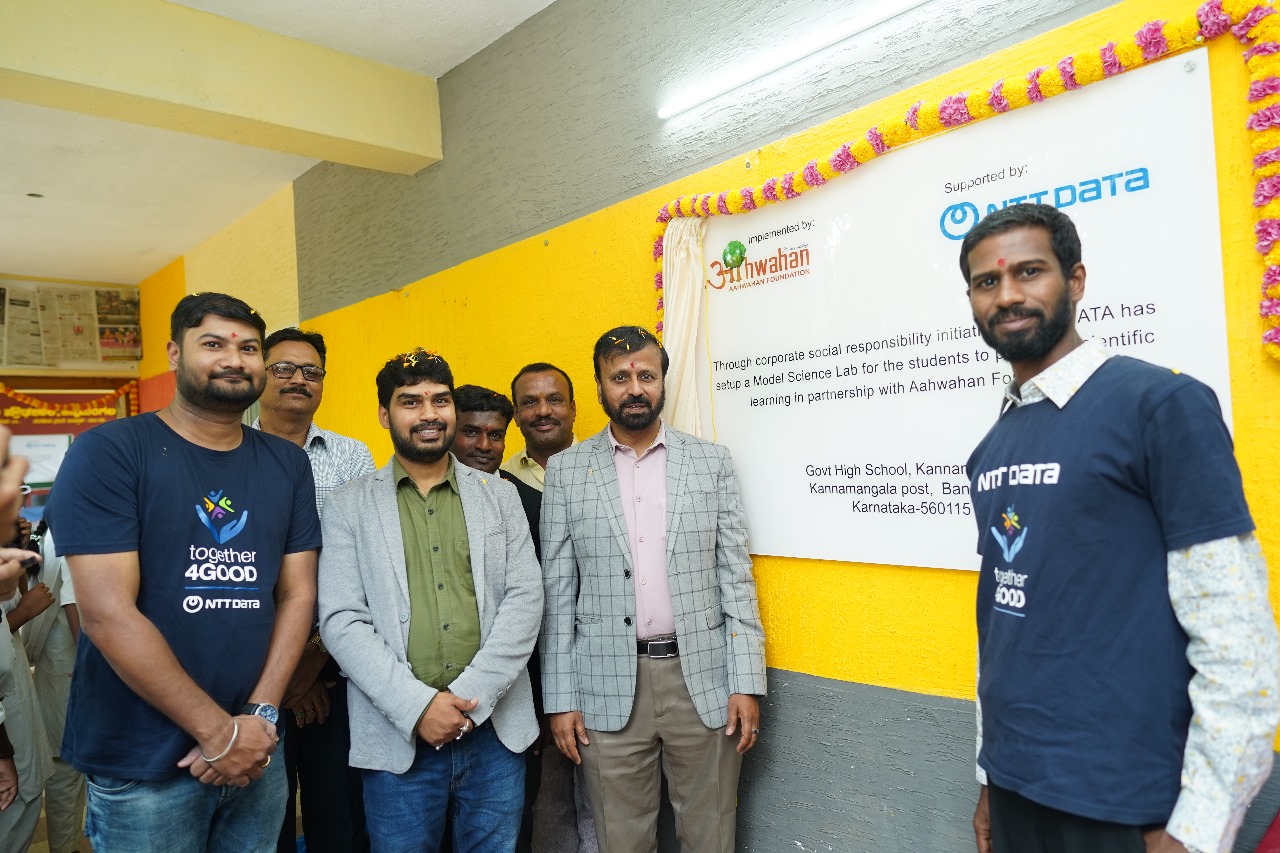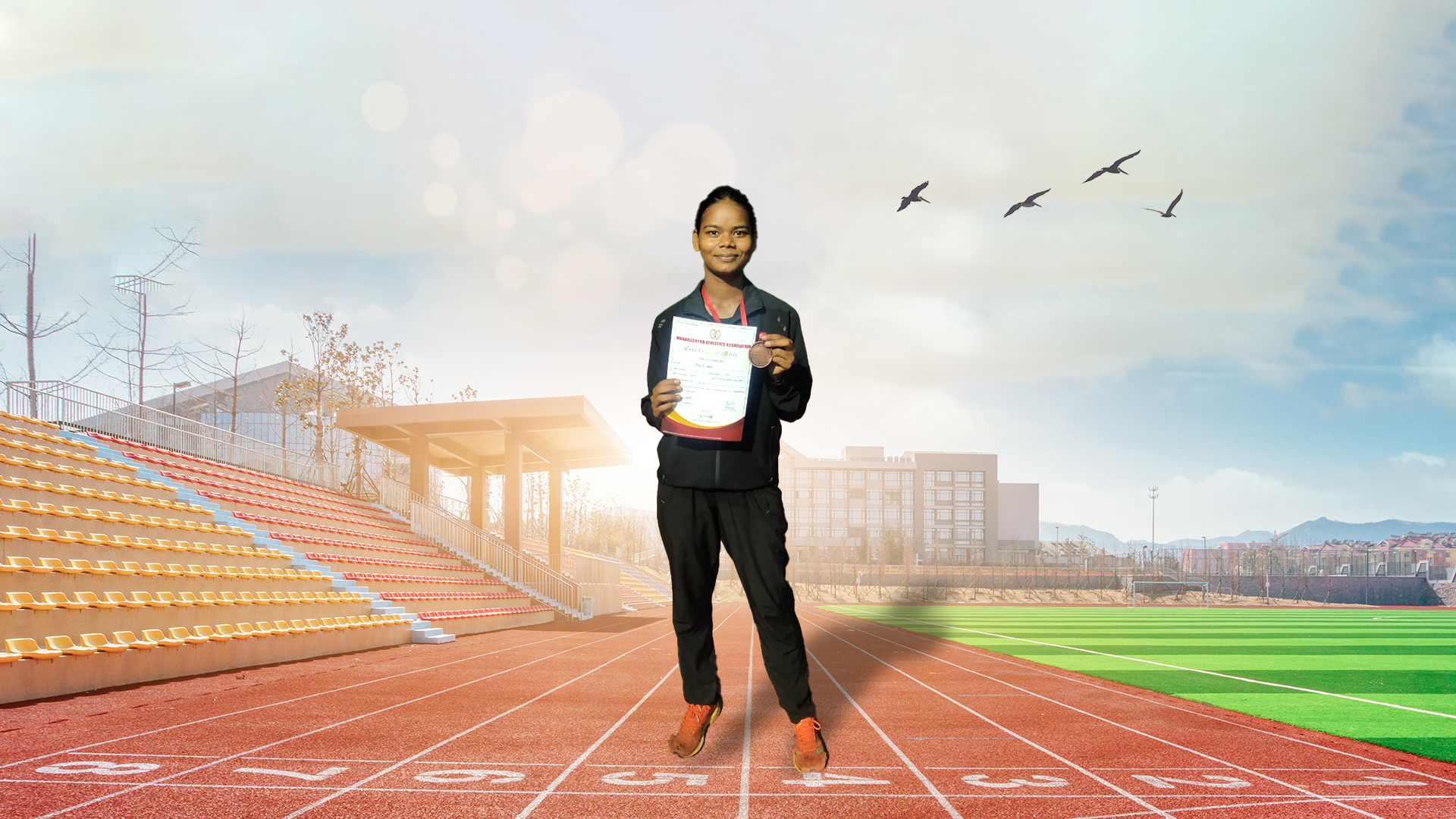Subscribe our Weekly Newsletter
RFP for ‘Advocating for Change: Promoting Women’s Political Participation & Leadership.’

Organization: UN Women
Apply By: 04 Apr 2017
Background
India is witnessing a change in the global environment, as well as its national policy landscape – both of which signal towards the creation of an ecosystem that recognizes and encourages the role of women in decision-making.
Internationally, with the Beijing Declaration and Platform for Action turning 20 in 2015, it is being increasingly recognized that gender equality and the realization of women and girls’ human rights are fundamental for achieving human rights, peace and security, and sustainable development.
The domestic picture is also reflective of these changes. The NDA Government, in its maiden union budget of 2014-15, signaled the role of fiscal policies in gender-sensitive human development. Applying a "gender lens" to fiscal decisions, the integration of gender was spread across budgetary decisions related to infrastructure, security, education, savings, financial inclusion, and entrepreneurial skill development. The Prime Minister in his address on the International Women's Day 2016 also acknowledged the accomplishments of all women, and said that the ruling dispensation at the Centre is committed to empower "Nari Shakti". He also urged the country to redouble its efforts for achieving gender equity and empowerment of women2
In this context, it is important to mention the Government of India’s decision to implement the recommendations of the 14th Finance Commission, to devolve greater share of resources to the local bodies, with a grant to the municipalities and panchayats for the five-year period ending March 31, 2020.Given their Constitutional mandate, Gram Panchayats will develop participatory plans involving the community, particularly the Gram Sabha, in the formulation of priorities and projects on social justice and economic development. To support this process, Ministry of Panchayati Raj (MoPR) has initiated the Gram Panchayat Development Plan (GPDP) exercise with a clear focus on addressing vulnerabilities of poor and marginalized people and their livelihood opportunities through an integrated poverty reduction plan. This sets the stage for a different political dynamism by vesting greater powers with the third tier of the local government. All of the above provide a strong context for the transformative changes that India is set to witness in the years to come.
Project Objectives
The objectives are three-fold:
1. Analyze the legislations and policies that promote or impede the participation of women in the political process.
2. Document and develop case studies/field-based stories of what has worked so far in different regions/states and disseminate the same through newspaper articles/media platforms
3. Develop a strategy on engaging with the media as a critical stakeholder to advocate for strengthening women’s political participation and leadership by upholding the affirmative actions that are guaranteed in the 73rd and 74th Constitutional Amendment Act (CAA) of India.
Scope of Activities
Specifically, the agency will undertake the following tasks:
(i) Desk Research & Secondary Review
- To undertake a comprehensive review of literature including review of relevant legislations, policies and government directives related to women’s political participation & leadership both at the national and state level
- To develop a framework for selecting & analyzing relevant legislations and policies that
- promote or impede the participation of women in the political process.
- To conduct a trend analysis of women’s political participation in select states based on secondary data/open data with specific focus on most marginalized groups of women (as per the availability of disaggregated data)
(ii) Primary Data Collection
- To conduct primary data collection to understand the impact of select legislations/policies on women’s political participation
- To collate experiences of women leaders (past, current, potential) on the barriers/challenges they faced as well as the enabling mechanisms that facilitated their participation
- To document good practices, breakthroughs, initiatives and success stories from the field
- To list out a set of state specific recommendations for advocacy.
(iii) Development & Dissemination of Articles/Features/Web-stories
- To develop a series of 30 Articles/Features/Web-stories based on research conducted (this should be a mix of articles on the impact of specific legislations/policies as well as stories of individual women leaders’/change agents)
- To establish collaboration with other media platforms for publication and dissemination of articles/features
- To develop a tool to track outreach/readership of articles
- To develop & disseminate a photo-essay of case studies
- To participate in policy consultation to share findings (to be organized by UN Women)
(iv) Develop a strategy for media engagement on the issue of women’s political participation and leaderships
- To conduct a comprehensive mapping of media reportage on issues related to women’s political participation & leadership including mainstream, vernacular and social media
- Drawing on this, as well as primary research, develop a strategy for increasing media engagement on the issue (mainstream, vernacular and social)
- To develop a repository of local/vernacular media/community radio/newspapers for 6 states
Project Location
The research will be taken up in six states, where the aforementioned policy measures have been introduced, namely Haryana, Rajasthan, Chhattisgarh, Maharashtra, Karnataka and Gujarat
Expected Outputs
• Body of knowledge created on state specific legislations/policies have promoted or impeded Women’s Political Participation in select states. Empirical evidence created for evidence based advocacy with select state governments and policy makers on Gender Responsive Governance (GRG).
• Strategy developed on engaging with the media and sensitizing them on GRG and Women’s Political Participation to ensure positive reporting on women in politics.
Indicators
- Number of case studies produced.
- Number of news articles published.
- Number of photo essays produced and published.
- Number of media platforms partnered with.
- Number of media platforms reproducing the published articles on their websites.
- Number of viewers/readerships reached out to with sex and age disaggregated data.
- Number of state and national government representatives present in the advocacy
- meeting held to share the research outcomes
Means of verification
- Research Study Report
- Minutes of the meeting
- Photos
- Articles and Photo Essays
- Compendium of Case Studies
- State Specific Recommendations
- Strategy paper on engaging media
- Tracking tool of viewership/readership
- Repository of local/vernacular media/community radio/newspapers
- Analysis of report of viewership/readership
Deliverables
- Inception Note and Workplan
- Research Study report
- Case studies/ Articles -30 (5 each from 6 states)
- Photo Essays -12 (2 from each state)
- State Specific Recommendations- 6 Advocacy Papers
- Repository of local/vernacular media/community radio/newspapers for 6 states
- Strategy paper on engaging media at the local level to promote women’s political
- participation and leadership.
- Analysis Report on viewership/readership
- High Resolution Photos in CDs – 5 Copies
For more information please check the Link
Latest Online Store
Latest Grants
© Renalysis Consultants Pvt Ltd














